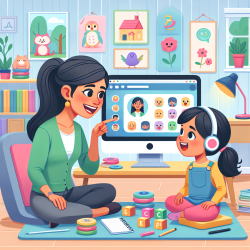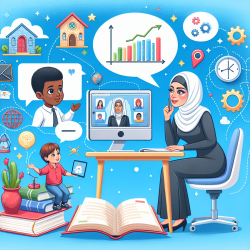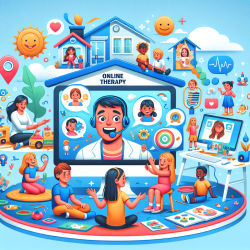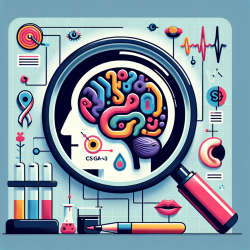As practitioners in the field of speech-language pathology, it is imperative to continuously seek out and implement data-driven strategies to improve outcomes for our clients. A recent study titled "Participation in Social Activities among Adolescents with an Autism Spectrum Disorder" offers critical insights that can enhance our practice and ultimately benefit the adolescents we serve.
The study, published in PLoS ONE, utilized data from the National Longitudinal Transition Study-2 (NLTS2) to explore the social participation rates of adolescents with Autism Spectrum Disorder (ASD) in the United States. The findings revealed that adolescents with ASD are significantly less likely to engage in social activities compared to their peers with other disabilities, such as learning disabilities, speech impairments, or intellectual disabilities.
Key Findings
- 43.3% of adolescents with ASD never see friends outside of school.
- 54.4% never receive phone calls from friends.
- 50.4% are never invited to social activities.
These statistics highlight the critical need for targeted interventions to promote social participation among adolescents with ASD. The study identified several correlates of limited social participation, including low family income and impairments in conversational ability, social communication, and functional cognitive skills.
Practical Implications
To improve social participation outcomes for adolescents with ASD, practitioners can focus on the following strategies:
- Enhance Social Communication Skills: Interventions that target conversational abilities and social communication can significantly impact social participation. Speech-language pathologists should prioritize these skills in their therapy sessions.
- Address Socioeconomic Barriers: Practitioners should be aware of the socioeconomic context of their clients and advocate for policies that provide greater access to social opportunities for low-income families.
- Promote Group Activities: Encourage participation in group activities, such as community service, sports teams, or performing arts, to foster peer relationships and community inclusion.
Encouraging Further Research
The study underscores the importance of continued research in this area. Future studies should explore the effectiveness of various interventions and consider the rapidly changing landscape of social interactions, including the role of electronic media.
By staying informed and applying evidence-based practices, we can make a meaningful difference in the lives of adolescents with ASD. For a more in-depth understanding of this research, I encourage you to read the original paper: Participation in Social Activities among Adolescents with an Autism Spectrum Disorder.










